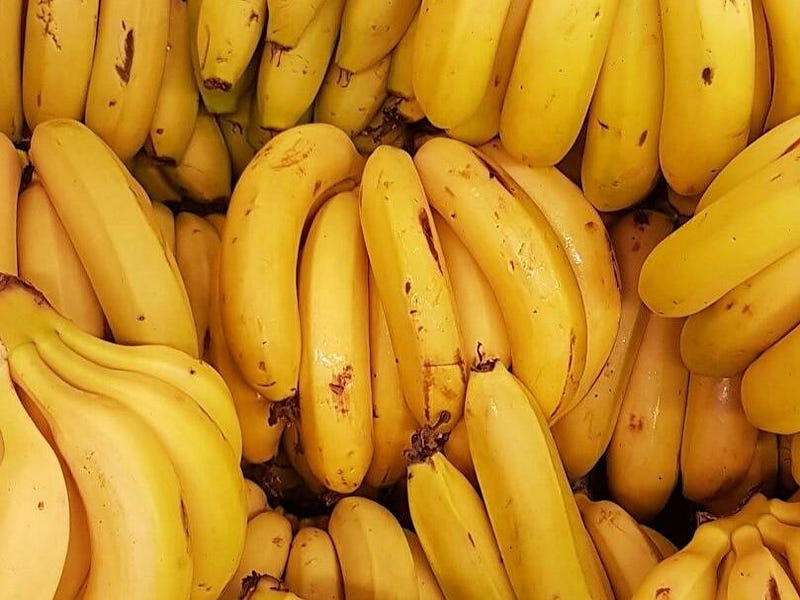# The Science Behind Banana Ripening: Unraveling the Yellow Mystery
Written on
Chapter 1: The Wonders of Banana Ripening
Bananas are a beloved fruit enjoyed by countless individuals around the globe, prized for their natural sweetness, portability, and versatility. One of the most captivating elements of bananas is their ripening journey, which changes their color from green to a vibrant yellow. This transformation is governed by a fascinating biological process. In this article, we will investigate the science behind banana ripening, focusing on the influence of ethylene gas, and offering practical advice for ripening bananas at home while extending their freshness.
Understanding the Ripening Process
The ripening of bananas is a meticulously controlled event governed by ethylene, a natural plant hormone. Ethylene plays an essential role in managing various physiological and biochemical changes that occur as the fruit matures. When bananas reach a particular developmental stage, they start producing ethylene gas, which triggers a series of ripening activities.
The Impact of Ethylene Gas
Ethylene functions as a signaling molecule that activates genes linked to ripening processes. One significant effect of ethylene is the degradation of chlorophyll, the pigment that gives bananas their green color, resulting in a fading of this hue. As chlorophyll decreases, other pigments like carotenoids become more prominent, leading to the distinctive yellow color of ripe bananas.
Moreover, ethylene encourages the transformation of starches into sugars, which is responsible for the sweet taste and soft texture commonly associated with ripe bananas. It also stimulates the production of volatile compounds that contribute to the fruity aroma released during ripening, further enhancing the fruit's sensory appeal.
Practical Suggestions for Ripening Bananas
Although bananas naturally ripen over time, there are strategies to either speed up or slow down the process based on your preferences:
- Ethylene Exposure: Place bananas in a paper bag with an ethylene-releasing fruit, such as an apple or a ripe tomato. The ethylene emitted by the other fruit will hasten the ripening of the bananas.
- Warmth: Ripening is accelerated at warmer temperatures. Store bananas at room temperature to promote this process. Avoid refrigeration, as cooler temperatures can hinder ethylene production and slow ripening.
- Separation: To decelerate ripening, store bananas apart from other fruits and vegetables, as they can absorb ethylene and expedite the process.
- Ventilation: Ensure good air circulation around the bananas to prevent moisture buildup, which could lead to spoilage.
Conclusion
The banana ripening process is an intriguing biological event influenced by the interplay of hormones, enzymes, and physiological changes. Ethylene gas acts as the primary regulator, guiding the change from green, starchy fruit to sweet, ripe bananas. By grasping the science behind this transformation and applying practical tips, individuals can enhance the ripening process at home while prolonging the life of this cherished fruit. Thus, the next time you savor a perfectly ripe banana, you'll appreciate the natural processes that made it possible.
This video, "How Supermarkets Get Fruit to Ripen Faster," explores the methods used by retailers to enhance the ripening process of various fruits, including bananas.
In this video, "Why Do Bananas and Apples Turn Brown," the science behind the browning of these fruits is explained, shedding light on the chemical reactions that occur.
